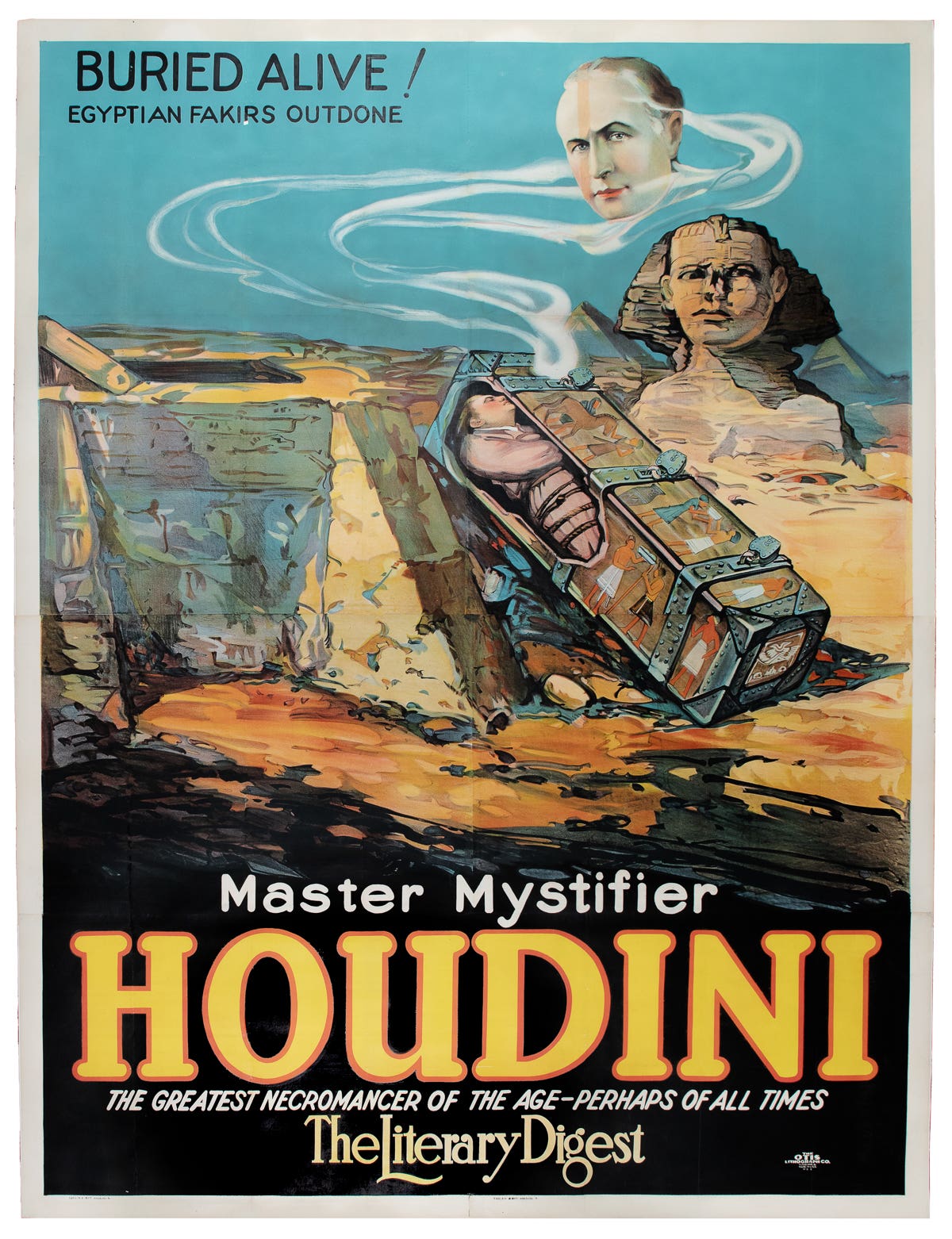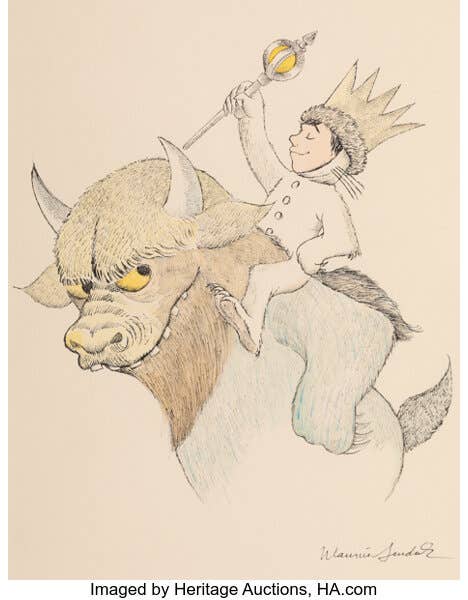Apollo 11 memorabilia sells for millions at auctions
Memorabilia from Apollo 11 raked in millions of dollars in July during a trio of high-profile auctions celebrating the 50th anniversary of the first moon landing on July 20, 1969….
Memorabilia from Apollo 11 raked in millions of dollars in July during a trio of high-profile auctions celebrating the 50th anniversary of the first moon landing on July 20, 1969.
A gold medallion flown to the moon and back by Apollo 11 commander Neil Armstrong inspired a bid of more than $2 million at Heritage Auctions, and a set of Apollo 11 moonwalk videotape recordings, owned by former NASA intern Gary George, sold for $1.82 million at Sotheby’s. Christie’s “star of the sale,” the Apollo 11 lunar module timeline book, didn’t fare as well — the manual used to help put the men on the moon had an expected estimate of between $7-$9 million, but failed to attract any bidders.
Heritage Auctions' results
The “Neil Armstrong Family Collection III” auction at Heritage Auctions in Dallas surpassed estimates and realized more than $4.6 million, mainly on memorabilia related to the Apollo 11 launch and landing. The solid gold Robbins Medal was a cherished keepsake and the highlight of the beginning
of a three-day event. Even Armstrong’s beloved childhood teddy bear sold for $3,500.
“The response from admirers of Mission Commander Armstrong’s contribution to humanity has been simply overwhelming,” said Michael Riley, director of Space Exploration at Heritage Auctions.
Heritage said that two national treasures Armstrong carried with him to the moon sparked competitive bidding as collectors bid $143,750 for a 1-1/4-inch swath of muslin cloth from the left wing of the Wright Brothers’ 1903 Flyer, and a section of the flyer’s propeller ended at $150,000. The largest American flag flown aboard Apollo 11 sold for $137,000. A section of camera film leader strip flown aboard the Apollo 11 lunar module and used on the surface of the moon was a sleeper lot – selling for $26,250 against a $3,000 pre-auction estimate.
Other highlights included Armstrong’s personal copy of NASA’s “Preliminary Apollo 11 Flight Plan,” dated April 24,1969, that features a 134-page timeline of crew activities, planned minute by minute for a successful mission, that sold for $112,500; and his personally owned and worn early Apollo-era flight suit, one of just a few known to exist, that brought in $81,250.
Sotheby’s results
Sotheby’s “Space Exploration” sale featured 218 lots of a wide variety of material from the Apollo, Mercury and Gemini missions and brought in a total of $3.8 million. The auction house called its $1.82 million top lot “the best surviving NASA videotape recordings of the Apollo 11 moon landing.” The three reels of two-inch videotape hold an incomplete but contemporary to the mission copy of the July 20, 1969 first moonwalk by Apollo 11 astronauts Neil Armstrong and Buzz Aldrin. Sotheby’s said that three bidders competed for the reels for nearly five minutes on the phone and online.
Another top lot included six items mounted together on a special presentation board that sold for $225,000, far above the estimate of $50,000-$70,000, and was signed and inscribed to Terry Slezak by Neil Armstrong: “To Terry Slezak - /A ‘Dirty Photographer/With Best Wishes/Neil Armstrong,” and also signed by Buzz Aldrin and signed and inscribed by Michael Collins, “Many Thanks/Michael Collins.”
Other highlights were an Apollo 11 checklist sheet used on the lunar surface preparations to walk on the moon and originally from the personal collection of Buzz Aldrin that sold for $100,000, thousands more than the pre-auction estimate of $40,000-$60,000; and a complete Apollo 11 flight plan outlining the necessary steps to accomplish man’s first lunar landing, signed and inscribed by Aldrin, Collins and Duke, that sold for $62,500 – also far above the estimate of $4,000-$6,000.
Christie’s results
Christie’s “One Giant Leap” sale featured 131 lots that brought in a total of $907,000. The top lot that sold for $62,500 was the Apollo 11 Flight Plan, pp 3-17/3-18, NASA/MSC, July 1, 1969, extensively annotated and one of the few flown pages containing notes by all three Apollo 11 crew members. It was signed and inscribed by Buzz Aldrin on both pages: “Flown to the Moon” and “Carried to the Moon on Apollo XI / Buzz Aldrin.”
Other highlights included a final Apollo 11 flight plan, AS-506/CSM-107/LM-5, used by flight controllers and support personnel, and signed and inscribed by Aldrin, which sold for $40,000 – above an estimate of $12,000-$18,000; a National Aeronautics and Space Administration Lunar Planning inscribed with mission details by a member of every Apollo landing crew that sold for $37,500; and an iconic photograph of Aldrin taken by Armstrong, and signed and inscribed, “Tranquillity Base, July 20, 1969, Buzz Aldrin,” that sold for $32,500 – above its estimate of $7,000-$9,000.








